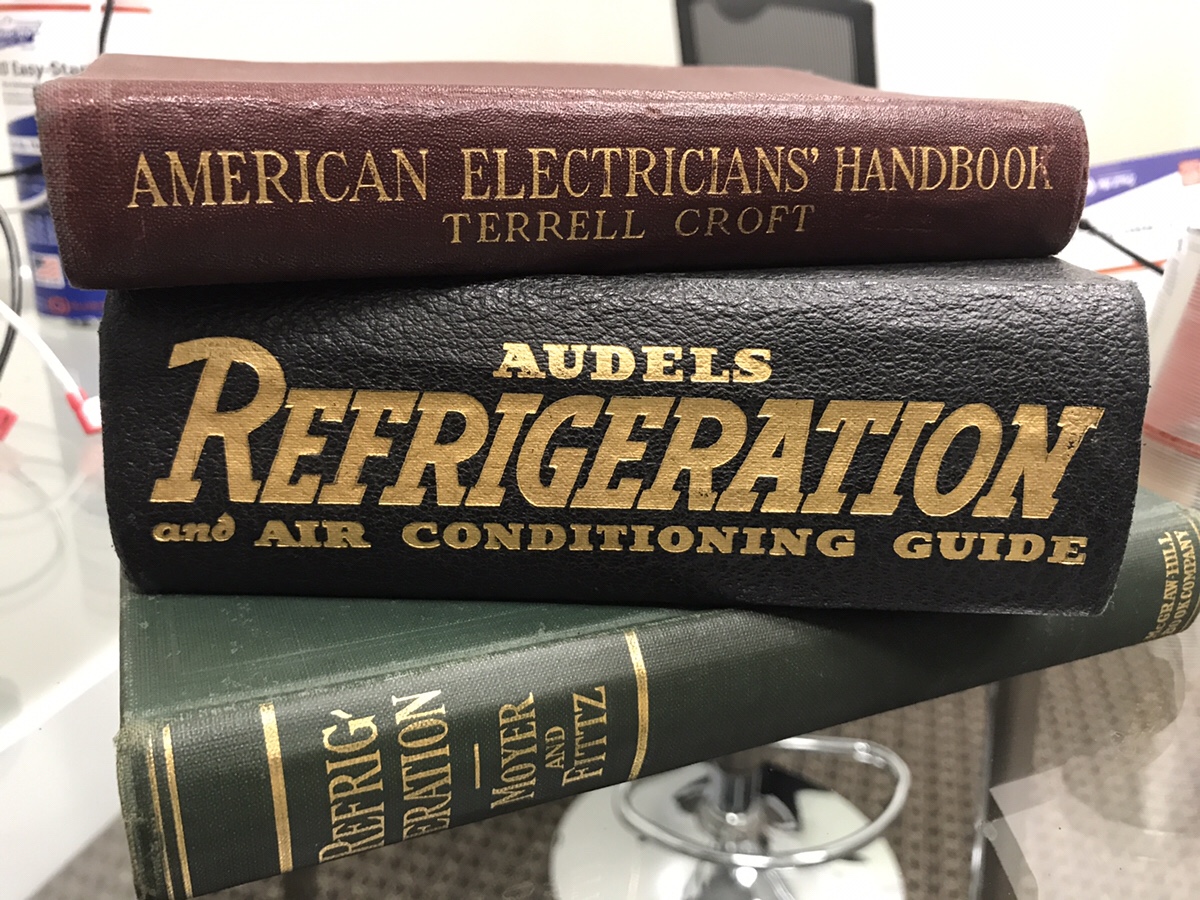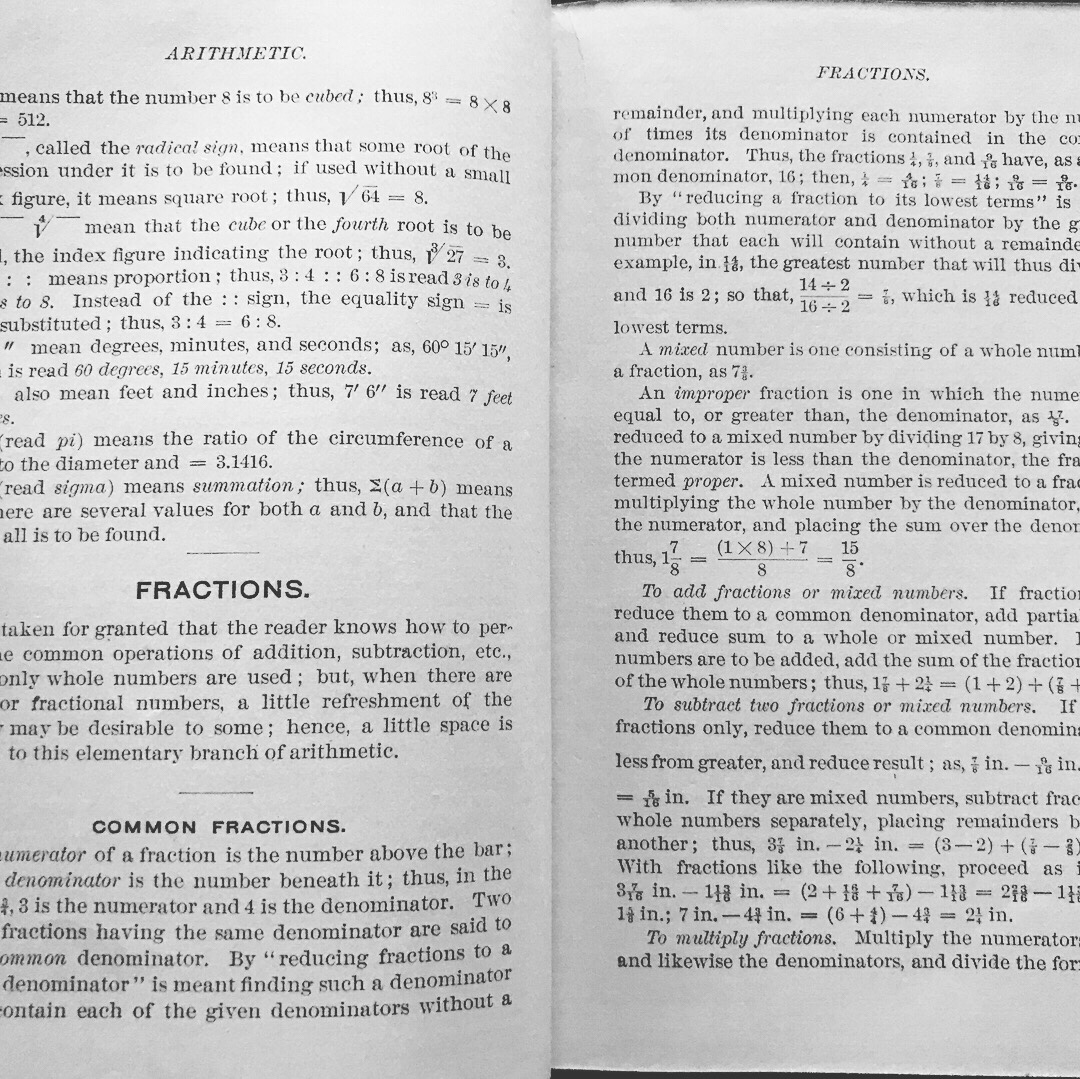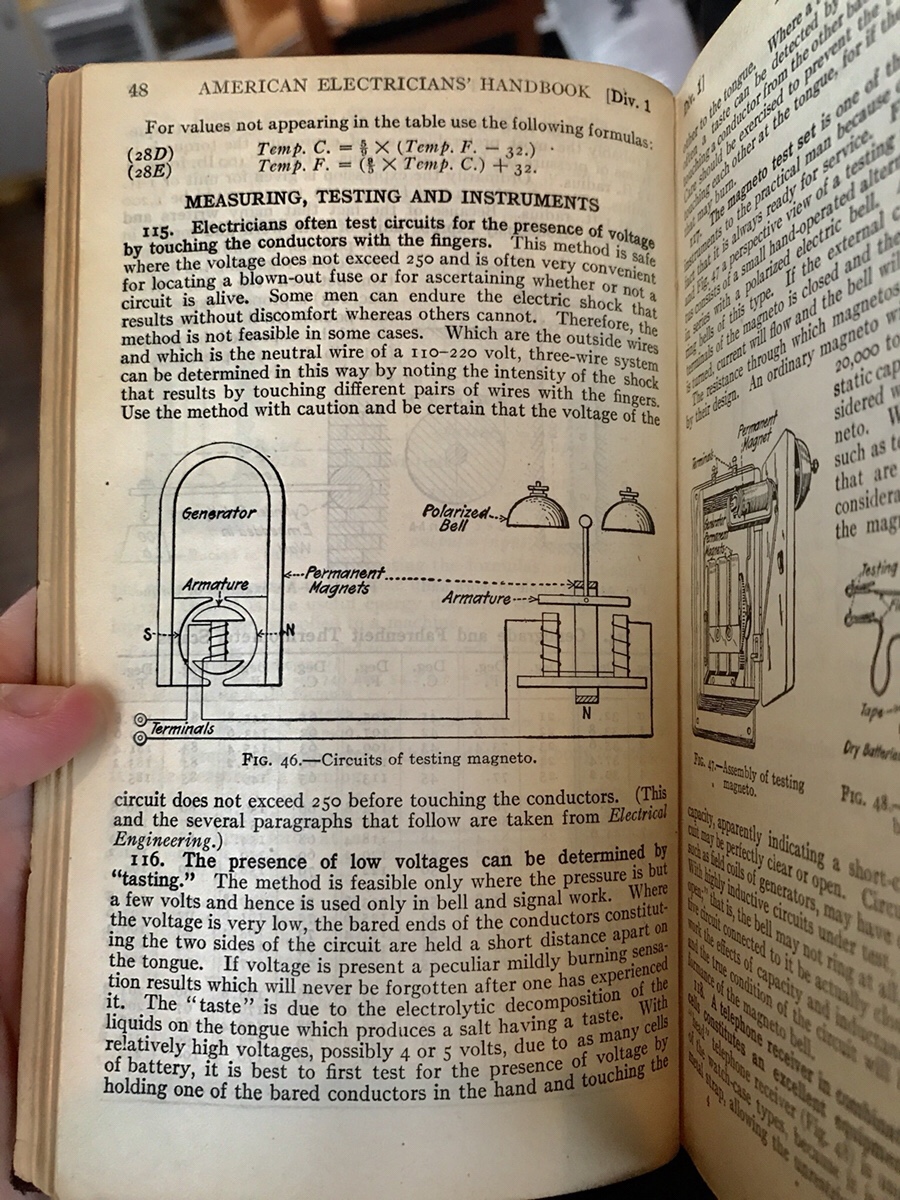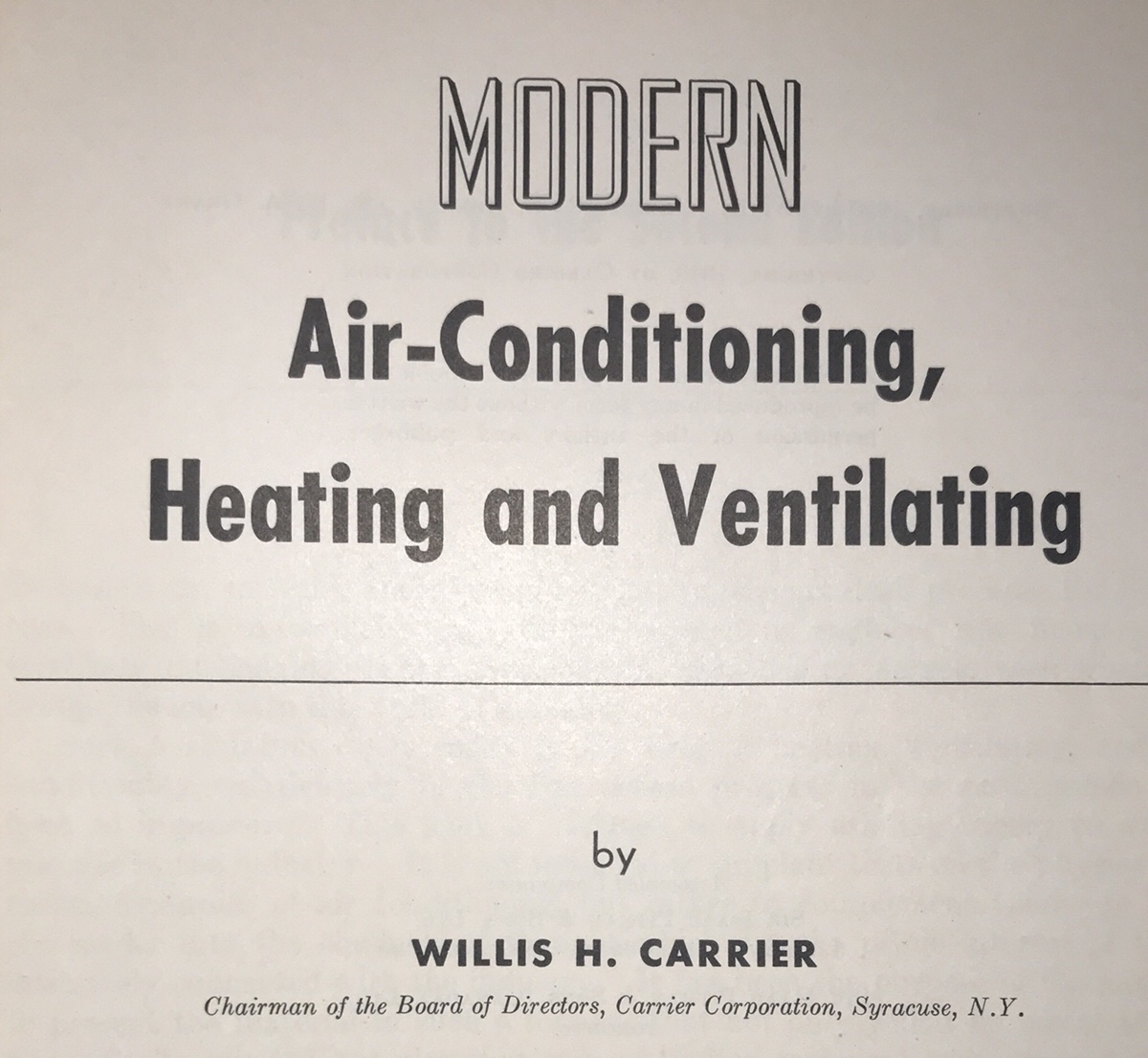Get Tech Tips
Subscribe to free tech tips.
Old Books

I've always liked old books.
Think about an old printing press somewhere in Chicago or Boston or Scranton, Pennsylvania.
Imagine workers with their hands covered in ink up to their elbows, setting type while giant machines of iron, steel, and brass stamp out a book page by page. Then those pages go on to be bound, crafted in a way that few things are nowadays.
At that time, the pages were new; crisp, fresh ink and fresh paper gave off a distinctive odor.
But that's not the part I like the most.
The part that piques my imagination is the people who wrote it and the world they lived in. In most of my imaginations, the past is all in black and white, full of dull people living dull lives.
But that's just wrong.
When I open one of these old books, they talk about problems we still face today, with information that still applies.
Pretty quickly, you begin to see the genius of these writers. You start to understand that their lives and work were often very similar to our own, with many of the conveniences stripped away.
These people had to be resilient and resourceful. They had to memorize more and read more because access to information was rare and precious. They were more reliant on experimentation and discovery because much of what they knew they had to find out for themselves and pass on, person to person.
Many of these books for the trades were written between the industrial revolution and the Second World War—a time in the world when anything seemed possible, both good and evil.
Great leaps in technology and progress were on the positive side. Abuse of workers at home and a looming enemy abroad seeking to tear the fabric of civil society apart existed on the other.
In reading the Building Trades Handbook from 1899, I learned that there was a booming correspondence school in Scranton, Pennsylvania, that educated thousands by mail correspondence in the trades and engineering one page at a time.
The books start with very simple skills, like working with fractions, that can be so daunting for tradespeople even today.

While reading the American Electricians Handbook from 1921, I learned that we knew so much about electrical motors and electrical engineering at that time. So much of it is well explained in that text using explanations that would make sense to the average workman.

On the other hand, electricians from that era were not nearly as concerned with preventing electrical shock. The practices used to diagnose electrical circuits are laughable and frightening by modern standards. It does show that the tradesmen that came before us were tough—even to the point of being a bit crazy.

While all of this is very interesting, I've noticed something else. Most of the really great educators in our trade have gone back to old books to find answers.
Jim Bergmann told me that he went to old books to find answers about carbon luminous flame in old furnaces and boilers.

Text from the Philosophical Society of Glasgow, 1881
Dan Holohan always speaks about going back to books by “dead men” to learn about steam heating.
Joe Lstiburek (building science) talks about going back to very old construction books to learn about capillary action and capillary breaks to prevent moisture intrusion.
Why is that? Why do old books contain information that some of the new ones don't?
Remember when you played that game of telephone as a kid where you say a phrase to one person, and it's repeated around the circle? By the time it gets back, it's either nothing like the original or a good portion of the information is missing.
That's what often happens in education.
Those who make significant discoveries, invent practical machines and applications, and work out the math are the first educators in a particular field.
Not only did they write about it, but they also LIVED IT.
The generations after that tended to get split, with the educators focusing mostly on the teaching and the field workers focusing mostly on the doing. They both have a piece of the puzzle, but over time, the message gets diluted and breaks down until nobody REALLY understands the whole anymore.
We see this in our field today all the time.
Engineers know lots of theory and math but not what commonly goes wrong or the practical elements of the field.
Manufacturers understand their products but not necessarily the application.
Installers know how to assemble systems but not why or how to design properly.
Techs know how to fix “most” problems, but do they really understand the “why” of a design? Forget about it!
For those of us who really want to understand the work we do, we are left with going back to those people long dead who made the discoveries themselves.
They are the ones who worked in unsafe buildings, grabbed hot wires, and worked in sweltering labs before A/C existed. They are also the ones who wrote old books.
I just got into a book like that…

Never stop learning; never stop reading old books. Take a look at eBay and Amazon, and let me know about the treasures you find.
—Bryan











Comments
Thanks Bryan! This article is Jim Bergmann type high quality material. Anyone who aspires to be a great technician should read and reread this. I should print and frame it and hang it in a prominent place.
Great writing! Thanks
Thanks Bryan! This article is Jim Bergmann type high quality material. Anyone who aspires to be a great technician should read and reread this. I should print and frame it and hang it in a prominent place.
Great writing! Thanks
To leave a comment, you need to log in.
Log In